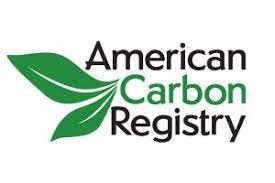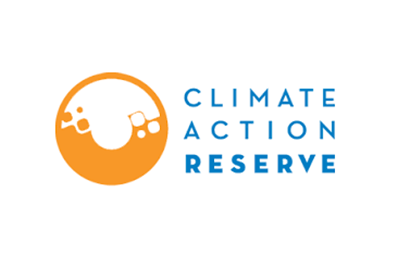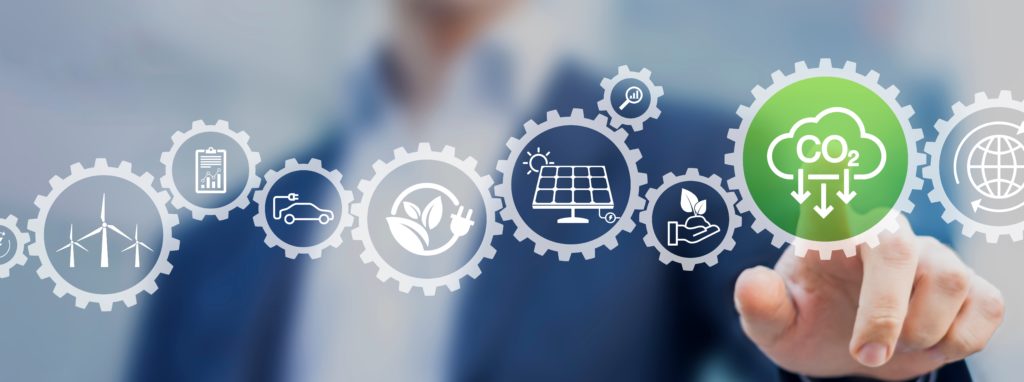Carbon offsets are a way to mitigate climate change by reducing greenhouse gas emissions. They allow individuals, businesses, and organizations to offset their carbon footprint by supporting projects that reduce emissions elsewhere. Carbon offsets can be purchased through carbon markets or voluntary offset programs.
There are many reasons to purchase carbon offsets. Some people want to do their part to help combat climate change, while others see it as an investment opportunity. Carbon offsets can also provide social and environmental benefits in addition to reducing emissions. For example, purchasing carbon offsets from a project that supports renewable energy can help promote clean energy sources.
Voluntary Carbon Offsets are carbon offsets that are purchased outside of carbon markets. They can be bought from carbon offset providers or project developers. Voluntary carbon offsets often support carbon-saving projects that might not qualify for carbon credits in a carbon market. These projects may include renewable energy, energy efficiency, land management, and sequestration projects.
Voluntary Carbon Offset Programs vary in terms of their standards and verification procedures. Some programs are more rigorous than others. There are many benefits to investing in voluntary carbon offsets. For starters, they provide an opportunity to reduce your carbon footprint without making significant changes to your lifestyle or business operations.
Carbon offsets can also be viewed as a long-term investment, as they help support low-carbon development and climate-resilient infrastructure. In addition, carbon offsets can help build social and environmental capital, create jobs, and spur economic growth in communities where they are implemented.
Verified Carbon Standard
The Verified Carbon Standard or Verra is a carbon offset program that is recognized by the United Nations Framework Convention on Climate Change. It has a rigorous verification process and sets high standards for carbon offsets. VCS-certified carbon offsets must meet or exceed the requirements of the Clean Development Mechanism.
Gold Standard Carbon Offsets
The Gold Standard is another well-known carbon offset program. It is based on the idea that carbon offsets should provide additional benefits beyond reducing emissions. Projects that receive Gold Standard certification must meet stringent social and environmental criteria. Both the Verified Carbon Standard and Gold Standard are endorsed by hundreds of businesses, organizations, and governments around the world.
American Carbon Registry

The American Carbon Registry (ACR) is a voluntary carbon offset program that meets the highest standards in the industry. It is backed by independent scientific verification and has been approved by the IRS for carbon offsetting purposes. ACR offers a wide variety of carbon offsets, including renewable energy, energy efficiency, and sequestration projects.
The program offers Emission Reduction Tonne (ERT) carbon offsets, which are retired on behalf of the purchaser. This carbon offset retirement is independent of any carbon trading market, and the carbon credits cannot be resold.
ACR also provides Vintage-Specific ERTs, which are carbon offsets that have been independently verified to represent a specific year’s worth of emissions reductions. These carbon offsets can be used to meet voluntary or regulatory emission reduction targets. In addition, ACR offers Programmatic Carbon Offsets, which are carbon offsets that support a portfolio of projects that achieve GHG reductions across multiple sectors and geographies.
Climate Action Reserve

The Climate Action Reserve (CAR) is a carbon offset program that has been endorsed by the EPA. It sets high standards for carbon offsets, and its verification process is among the most rigorous in the industry. CAR offers a variety of carbon offsets, including renewable energy, energy efficiency, and sequestration projects.
The program offers Emission Reduction Units (ERUs) carbon offsets, which are retired on behalf of the purchaser. This carbon offset retirement is independent of any carbon trading market, and the carbon credits cannot be resold. In addition, CAR offers Acronym-specific ERUs (ARUs), which are carbon offsets that have been independently verified to represent a specific year’s worth of emissions reductions. These carbon offsets can be used to meet voluntary or regulatory emission reduction targets.
Plan Vivo Carbon Offsets
The Plan Vivo carbon offset program is based on the idea that carbon offsets should provide additional benefits beyond reducing emissions. It sets high standards for carbon offsets and has a rigorous verification process. Projects that receive Plan Vivo certification must meet stringent social and environmental criteria.
Plan Vivo offers Verified Carbon Units (VCUs) carbon offsets, which are retired on behalf of the purchaser. Like other programs listed above, this carbon offset retirement is independent of any carbon trading market, and the carbon credits cannot be resold. In addition, Plan Vivo offers Programmatic VCUs, which are carbon offsets that support a portfolio of projects that achieve GHG reductions across multiple sectors and geographies.
China Certified Emission Reduction
The China Certified Emission Reduction program (CCER) is a carbon offset program that was created by the Chinese government in 2013. Projects that receive CCER certification must meet stringent social and environmental criteria, with the CCER program expected to play a significant role in achieving emissions cost reductions and renewable energy goals in China.
The program offers carbon credits, which are retired on behalf of the purchaser. Once purchased, the carbon credits cannot be resold. In addition, the CCER program offers vintage-specific carbon credits, which are carbon offsets that have been independently verified to represent a specific year’s worth of emissions reductions. These carbon offsets can be used to meet voluntary or regulatory emission reduction targets.

